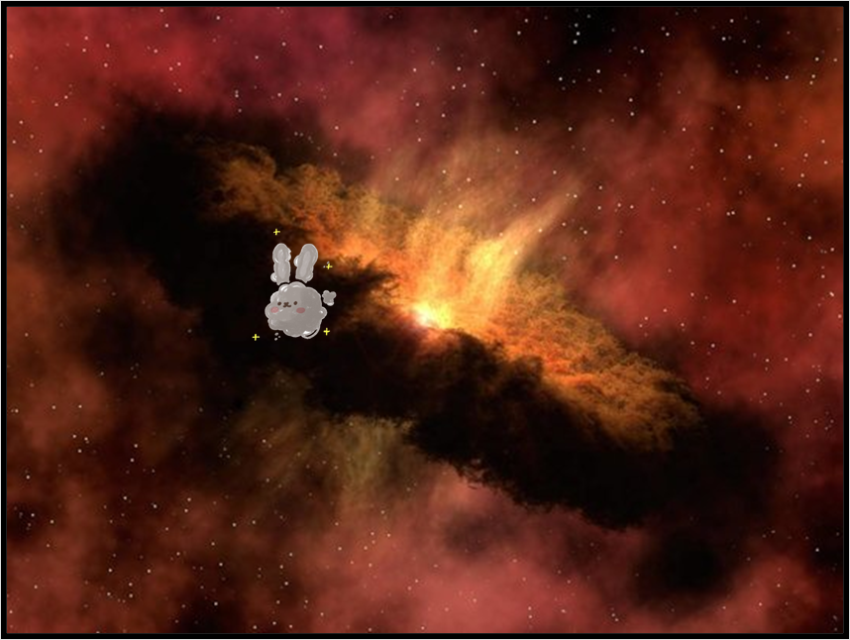This week we decided to go out of this world with a post that will take you back in time to the origins of our solar system. Let’s hop in our magic school bus and visit the building blocks of the planets in our solar system and some of the first materials created, well before the Earth was a planet! This week we explore a special type of meteorite called carbonaceous chondrites and the fabulous materials within them!
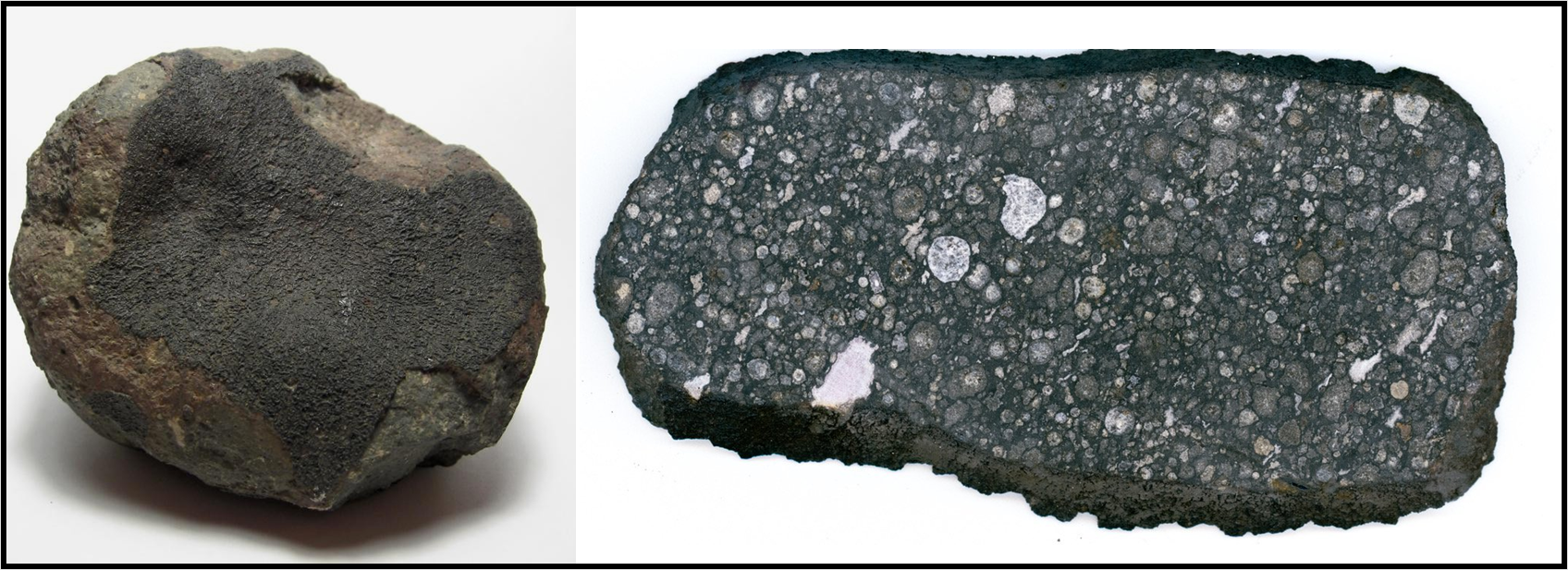
What is a Carbonaceous Chondrite?
Before I dive into some of the exciting materials found in these chondrites, I want to break down the classification scale of our meteorites so we can have a sense of the kind of materials we are visiting! The figure below shows a very simplified flow chart of the different types of meteorites. We can break them up into two separate groups: undifferentiated and differentiated. Our undifferentiated meteorites are our cosmic dust bunnies filled with bits and pieces of material that formed in the early solar system and come from smaller asteroids that never heated up to become molten or large enough to form planets (you can think of these as rubble piles). You will see that there are four different types of chondrites based on the varying materials found in them. If we focus our attention on the carbonaceous chondrites you will notice there are eight different kinds!! I know – it’s crazy awesome! Each type of carbonaceous chondrite is classified based on their overall composition, even down to the atomic level (so differences in the number of neutrons in an atom, called ‘isotopes’ of the atom)1 and are named based on the meteorite found that first defined that group (e.g., The ‘V’ in CV stands for the meteorite, Vigarano – the first of the carbonaceous chondrites found in Vigarano, Italy).
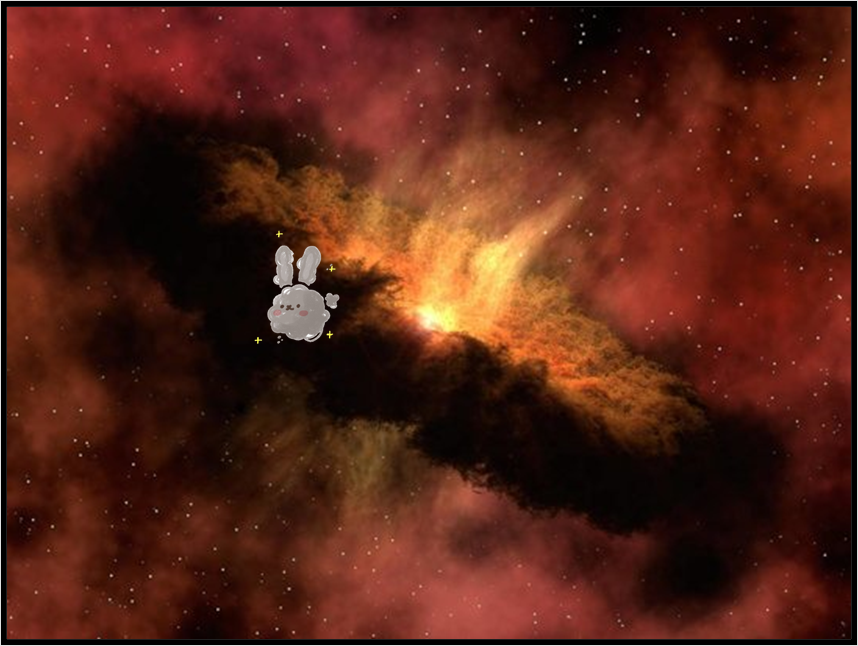
A carbonaceous chondrite is a stony meteorite (meteorite made up of mainly minerals) made up of materials (minerals, organic matter, small amounts of metal, and other materials) that represent some of the first solids formed in our solar system that were solidified (or lithified) together into a rock. These meteorites have helped geologists and meteoriticists understand the formation processes of the first materials in the solar system leading up to the accretion (or gluing together) of small asteroids2. For fun I sometimes like to think of carbonaceous chondrites and chondrites in general like cosmic dust bunnies – they have a variety of different materials in them that all got stuck together because no one cleaned in the early solar system….(just kidding of course, but wouldn’t that be fun!).
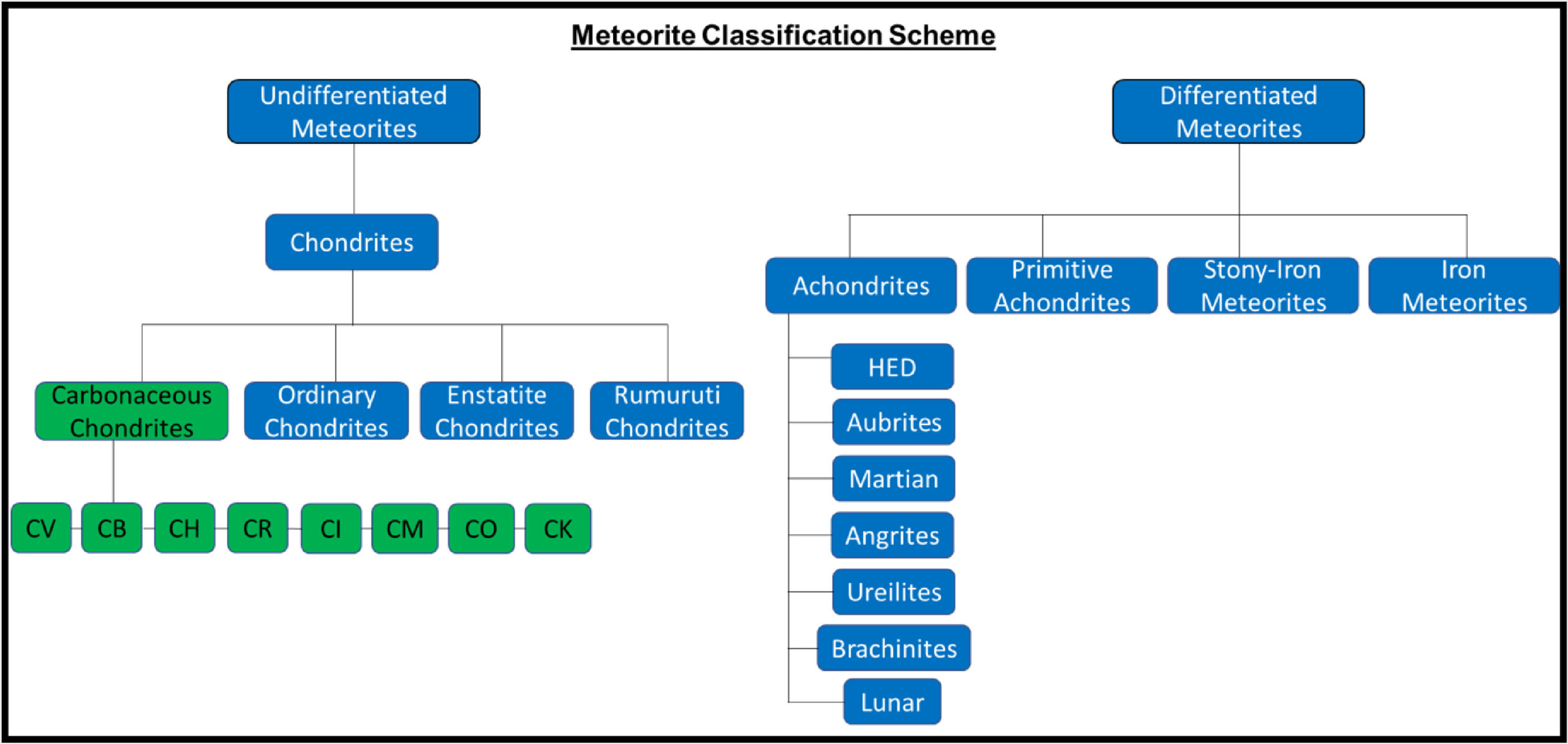
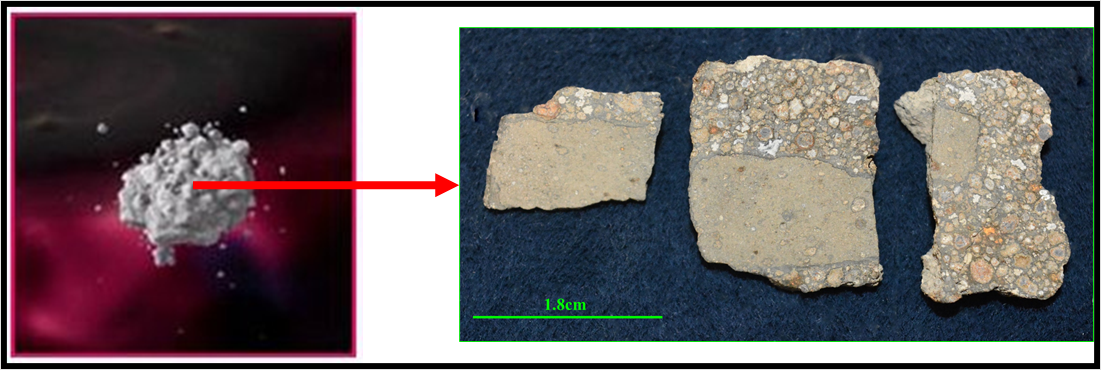
The differentiated meteorites, on the other hand, are hypothesized to represent different parts of asteroids or even small planets that were broken up by impacts in the asteroid belt at various times in early solar system history.
Let me break this down in a different way using the cartoon below. We start with our cosmic dust bunnies, no one cleans in space and so certain ones are able to accumulate more material (building a small asteroid or planet). Eventually over time as more and more material accretes, those collisions and the increased gravity will generate heat. As enough heat is generated our cosmic dust bunnies transform; the minerals in them melt, become molten (yes, magma), and recrystallize. If the bodies are hot enough, a core and mantle could form just as in our Earth and other rocky planets could form. With this sequence small asteroids or small planets (that once were small asteroids) would have different types of materials inside (core, mantle, crust) leading to different types of differentiated meteorites we see today!
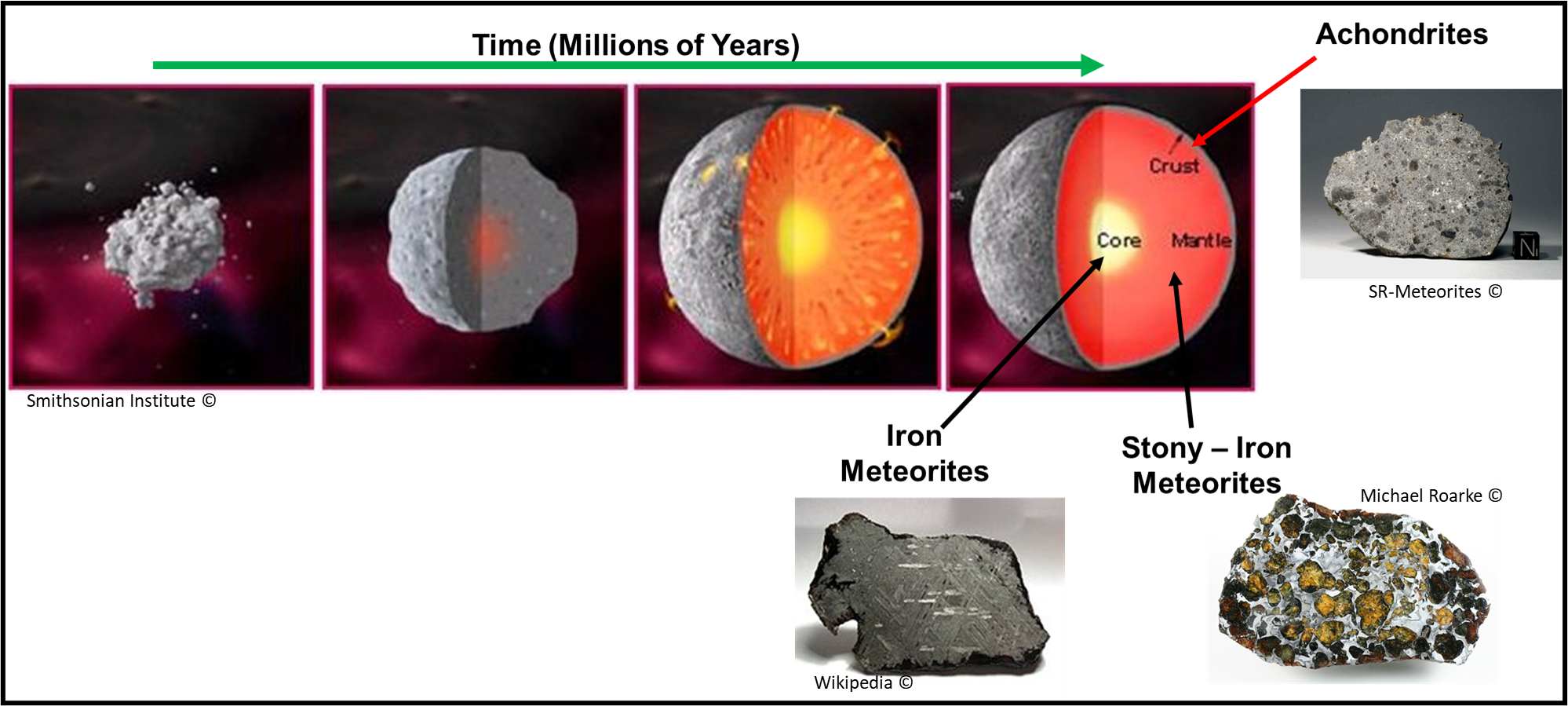
The differentiated meteorites are interesting indeed, but let’s get back to the main story, our carbonaceous chondrites and what makes them so special to understanding the early solar system.
What is in our Carbonaceous Chondrites that Makes Them so Unique?
Because our carbonaceous chondrites are undifferentiated, the materials in them that reflect pieces of our early solar system were preserved and not destroyed by the process of differentiation. Very generally our carbonaceous chondrites contain chondrules, Calcium – Aluminum Inclusions (CAIs), small amounts of Fe-Ni metal, and organic compounds in the form of amino acids. Each type of carbonaceous chondrite has varying amounts of these and some types may not have some of these at all, but for our purposes we will keep this general.
Chondrules are approximately millimeter sized objects that represent solidified molten droplets that crystallized rapidly and were ultimately incorporated into our carbonaceous chondrites (as well as the other chondrites). These once molten droplets are made up mainly of olivine and/ or pyroxene. So we can think of these as tiny igneous rocks – super cool!
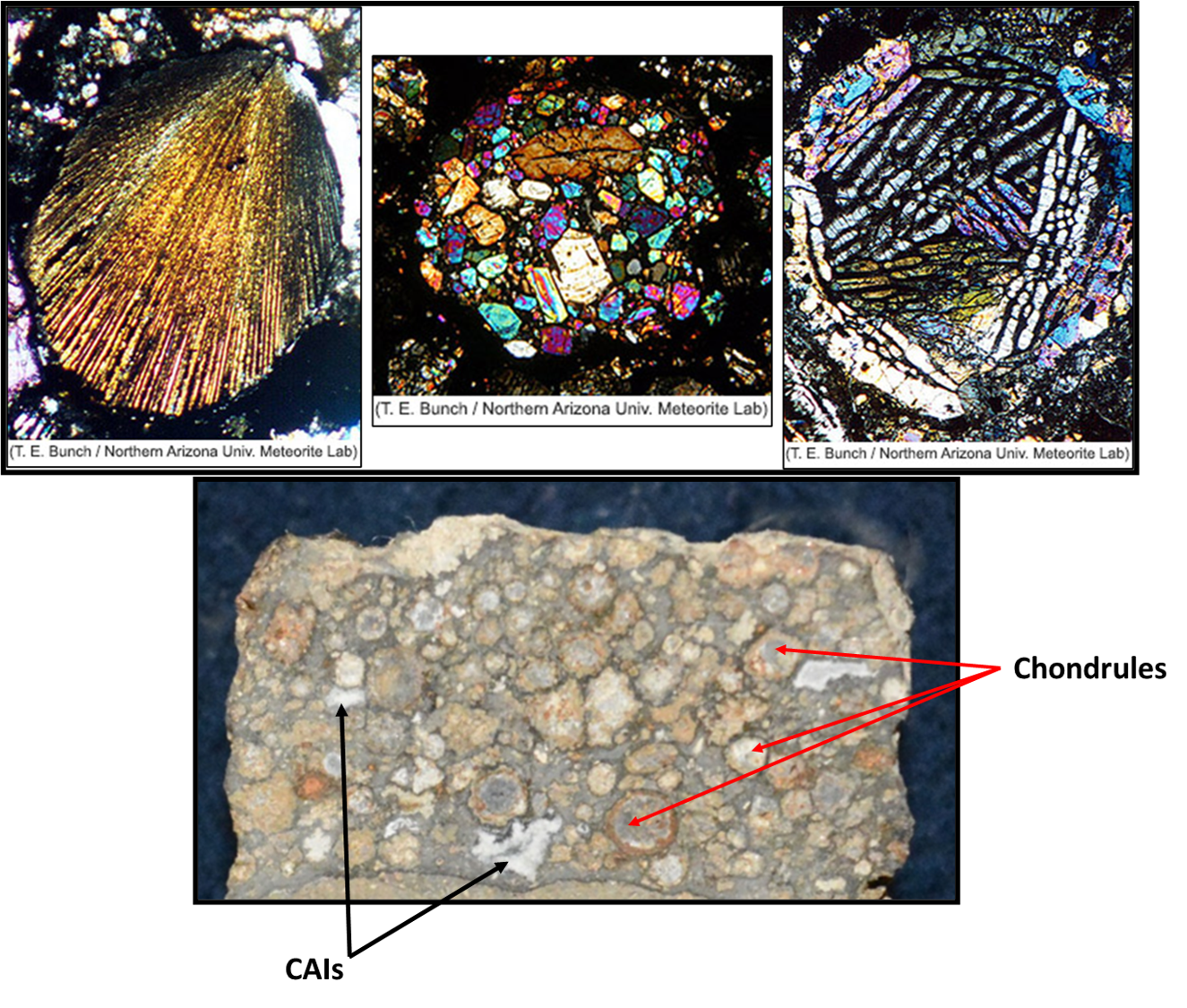
CAIs are from less than a millimeter to centimeter sized objects that are generally made up of the following minerals: Ca-rich feldspar (anorthite), melilite, perovskite, hibonite, spinel, diopside, forsterite, and enstatite4. At the beginning of our solar system’s formation, before our Sun ‘turned on’ (was steadily fusing hydrogen to helium-you can read more about this process here: https://pages.uoregon.edu/jimbrau/astr122/Notes/Chapter19.html) much of the gas and dust surrounding our proto-sun was heated up and dynamically moving within the protosolar nebula (gas and dust disk that surrounded our proto sun and ultimately led to the formation of the planets and other bodies in our solar system). This material under rapid heating and cooling ultimately formed the CAIs and thus they represent the earliest formed solids in our solar system. Meteoriticists have dated CAIs using lead isotopes (Pb-Pb age dating) and have found that the ages yield 4.567 billion years old5; no other age dated material is as old as CAIs which makes them incredibly unique in understanding the dynamic early solar system.
Another very exciting feature about our cosmic dust bunnies is that some of them contain organic molecules, such as amino acids, nucleobases, hydroxy acids, and more6! These molecules are particularly prominent in the CM chondrites (and Murchison – a famous CM chondrite). Many of these materials are in the building blocks of life here on Earth, but how did they end up in our carbonaceous chondrites? Well it is hypothesized that the elements in these compounds existed in regions of our molecular cloud (space cloud that ultimately created our sun and solar system). As our solar system was forming, that material was incorporated into asteroids and comets where chemical reactions took place ultimately forming these organic compounds that were preserved in meteorites6. The first discovery of these amino acids was in the Murchison (CM chondrite) in 1970. Since then meteoriticists and cosmochemists have discovered several more types of amino acids and other organic compounds hiding away in our cosmic dust bunnies!
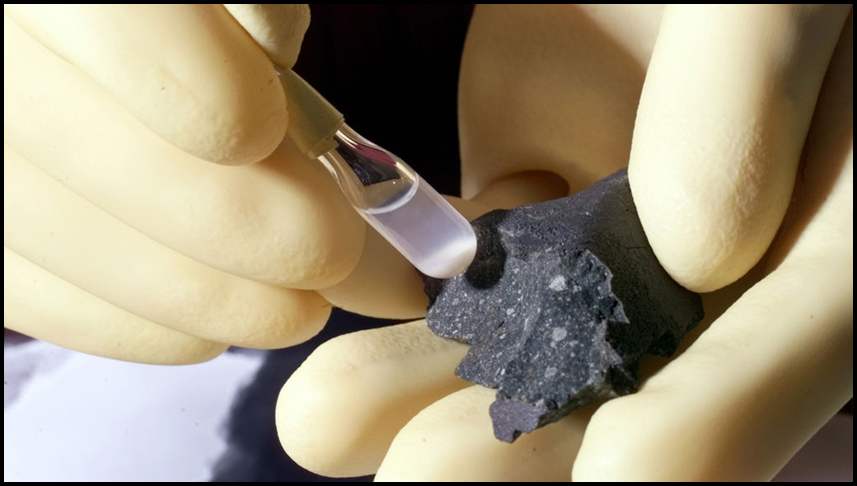
References:
1Brearley, A.J., and Jones, R.H., 1998, Chapter 3. Chondritic Meteorites: Reviews in Mineralogy, vol. 36, Planetary Materials, p. 301-3–370.
2Brearley, A.J., and Krot, A.N., 2013, Metasomatism in the early solar system: The record from chondritic meteorites, in Metasomatism and the Chemical Transformation of Rock, p. 659–789.
3Johnson, J.M., 2019, Insights into Fluid-Rock Interactions on the CV3 Carbonaceous Chondrite Asteroid: The Complex Record in the Allende-like CV3 Chondrite, NWA 2364: M.S. Thesis, University of New Mexico.
4MacPherson GJ, 2003, Calcium–aluminum-rich inclusions in chondritic meteorites. In: Davis AM (ed) Meteorites, comets, and planets meteorites, comets, and planets, vol 1. Elsevier-Pergamon, Oxford, pp 201–241.
5Amelin Y, Krot AN, Hutcheon ID, Ulyanov AA, 2002, Lead isotopic ages of chondrules and calcium-aluminum-rich inclusions. Science 297:1678–1683.
6Glavin, D.P., Conel, A. M.O’D., Aponte, J.C., Dworkin, J.P., Elsila, J.E., Yabuta, H., 2018, The Origin and Evolution of Organic Matter in Carbonaceous Chondrites and Links to Their Parent Bodies: Chapter 3 in Primitive Meteorites and Asteroids, p. 205-267.

